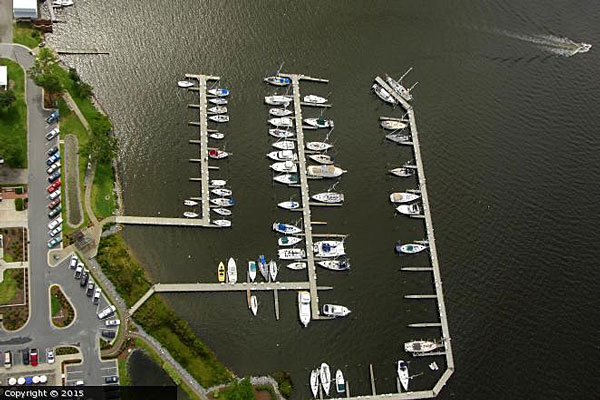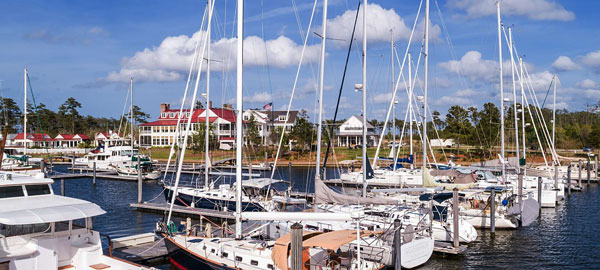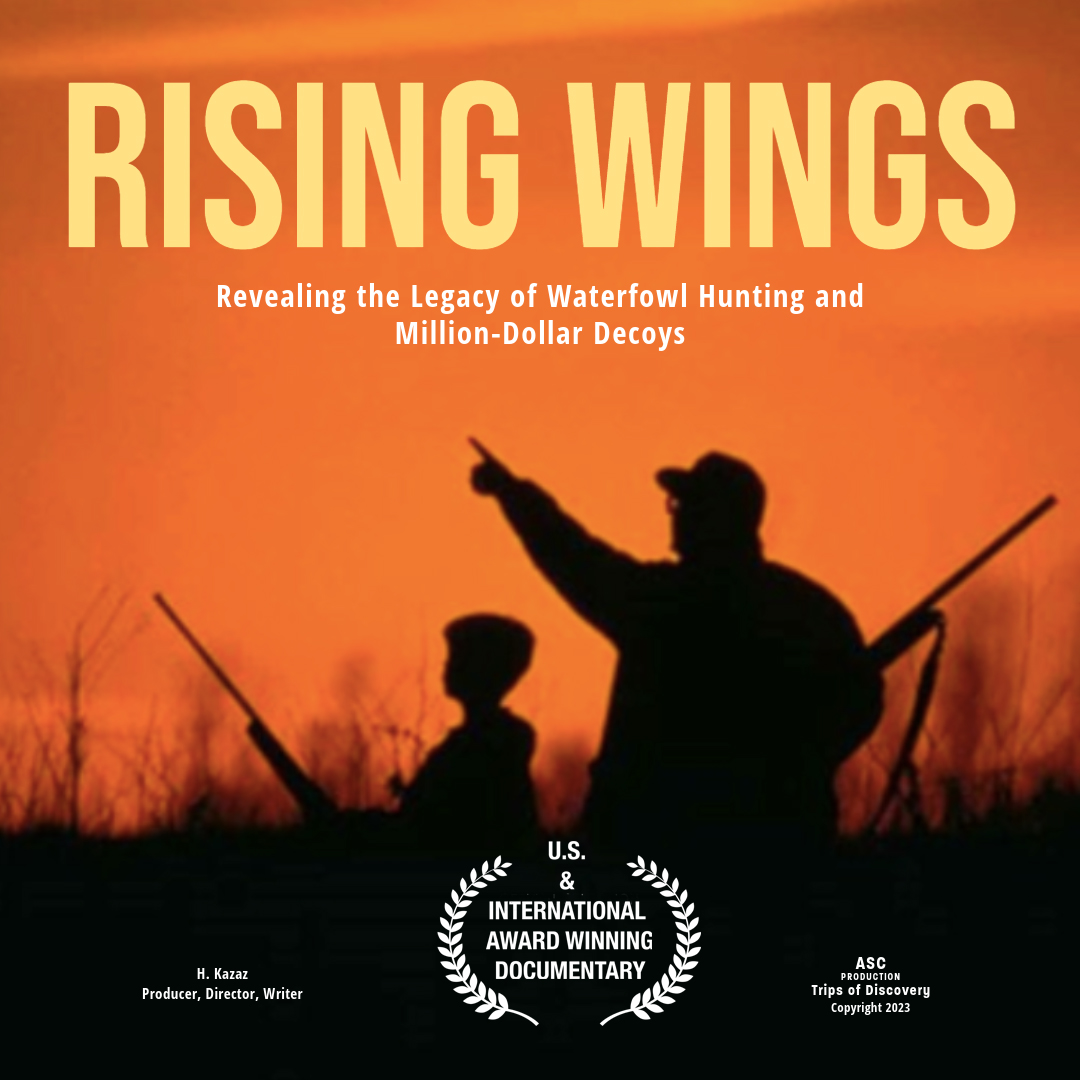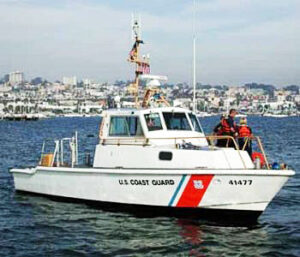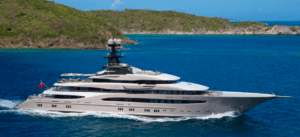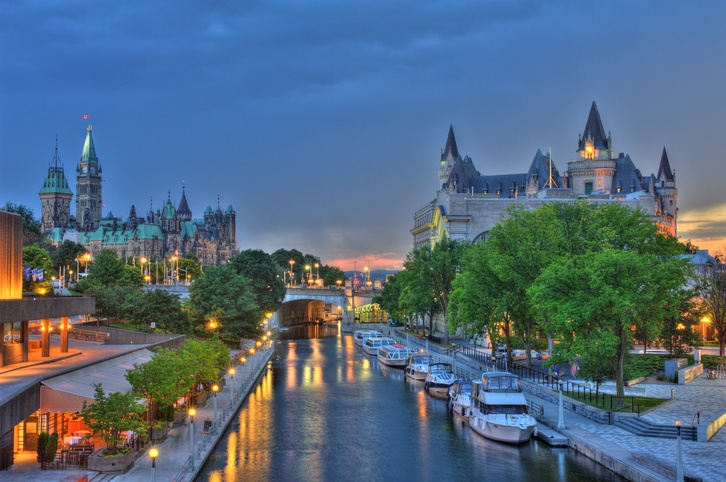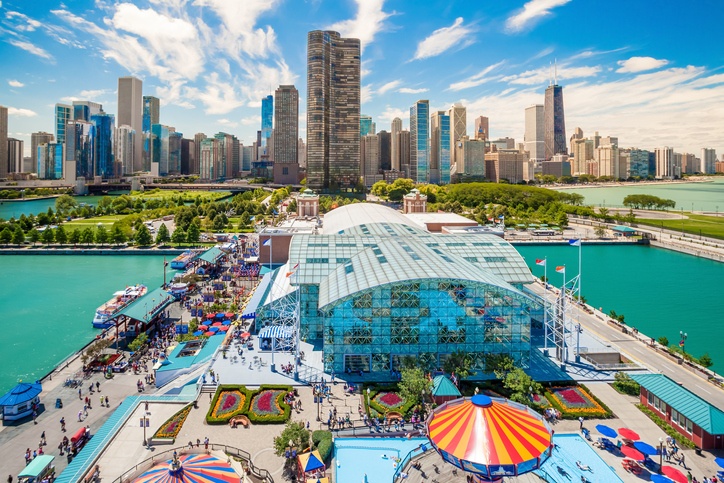Oriental, North Carolina – 880 people and 2,000 boats
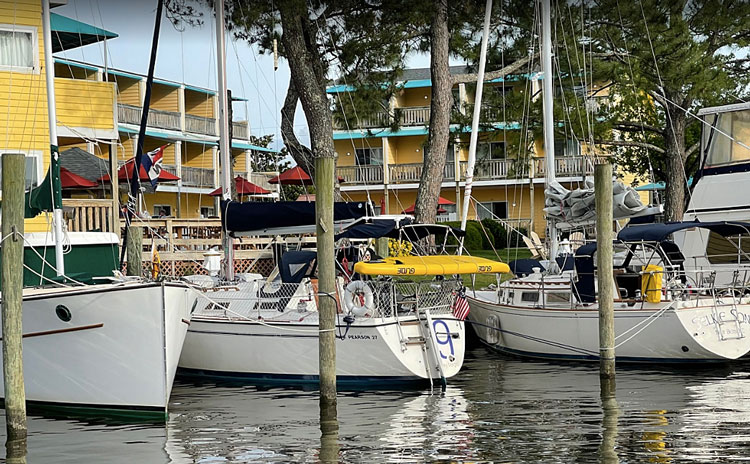
Estimated reading time: 9 minutes – SBFL 24* – PLANNING TO VISIT – They say that they are pleasantly aware of the four seasons, but their fall is long and warm, and their winter is only occasionally dusted with snow and mild enough to allow year-round jogging, tennis, golfing, and boating on miles and miles of meandering waterways. Apparently, their traffic flows freely, nobody waits in line for anything, and so their people are relaxed and happy. I would say they are describing a tiny corner of heaven. Think about it, how can it not be with all those qualities plus… are you ready? It’s called the “Sailing Capitol of the Carolinas.”
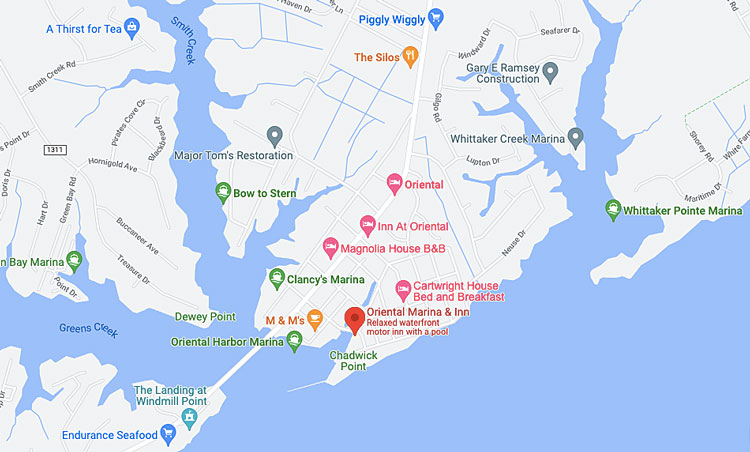
Oriental, North Carolina, on the shores of the Neuse River, is located at 35°1′52″N 76°41′16″W. It has 880 residents according to the latest census and is home for 2,000 boats. It’s also a common stop-over spot for transient boaters (snowbirds) traveling on the Atlantic Intracoastal Waterway (ICW) down to Florida. They serve the boaters with their many marinas in and near the village, as well as boatyards, riggers, sail lofts, and other offerings.
While I was looking at the nautical maps, I had an “aha” moment. I just realized why they say residents of Oriental end up having three kinds of boats. They’d have a kayak or canoe for enjoying the shallow rivers around them, a sailboat for enjoying the open waters, and lastly, a boat for good coastal game fishing. That helps to explain how a town with 880 residents ends up with 2,000 boats, by the time you add in the transient boats of ICW travelers.If you are a resident, I bet it would be hard to hold back from becoming a member of the several sailing clubs in the village. The preeminent racing club is the Oriental Dinghy Club (ODC). They have races every year and are the organizing authority for other high-profile regattas.
Yes, you can find seafood in Oriental
My above description of Oriental may give you the impression that this quaint village of 880 residents is only a huge resort marina. Well, the town also has a sizable fresh fishing and seafood industry large enough to feed the entire region. Speaking of seafood, It seems that things have changed a lot since the 1958 National Geographic article titled “Slow Boat to Florida” of Dorothea and Stuart E. Jones, where the primary business in town was wholesale fish houses.
Our source of inspiration, the Jones, back in 1958, could not buy any seafood even though, as they put it, “The town’s livelihood comes wholly from the sea, in tons of shrimp, fish, crab, and oysters. Yet, strolling the quiet streets, we couldn’t buy any seafood. We asked for shrimp or crab at several places; there was none. Every bit was shipped out in refrigerated trucks immediately after it was landed.” Talk about disappointment. If we were there, any one of us would be equally disappointed, indeed. I’m not sure how many there were back in 1958, but today the town is home to two major fish and seafood wholesale houses in the region. However, if you want to eat seafood, it seems it is available in Oriental’s restaurants and perhaps in some stores. Also, a friendly real estate agent, Chuck Hill, says that there are “tons of good seafood restaurants in Oriental.”
However, when we get there, we have to crank up our virtual Way-Back-Then-Machine, the time capsule generator. We need to observe the changes ourselves between the village of Oriental of 1958 and now, and let you know the status.
Why would you think of an airport when you’re on a sailing journey?
I know it sounds random. Believe it or not, we may not think or plan for it, but many of us who do long-distance destination cruising or sailing do appreciate the idea of having an airport nearby to our destinations, just in case. Think of a situation where you may need to pause your trip for a short while to attend important birthdays, anniversaries, or very special occasions that may be once-in-a-lifetime. Having an airport near your destination points allows you not to be forced to choose between your journey or attending an exceptional event you need to attend. You can do both. The town of Oriental is one of those well-placed destination spots on the Atlantic ICW. It is conveniently located 45 minutes away from the Coastal Carolina Regional Airport (EWN) outside of New Bern, with its 4,000 ft runway. An airport expansion project will soon be underway to extend it to 6,800 ft. Besides private jets and airplanes, currently American Airlines flights connect you to Charlotte Douglas International Airport (CLT).
How not to miss North Carolina’s first capitol, New Bern
If you are rushing to reach Florida, you may simply push forward to the south after a brief stay in Oriental.
However, in our version of the “Slow Boat to Florida” journey, we are not rushing to any single destination, we’ll get to Florida whenever we get there. Our destination points are many, and our entire journey is the destination.
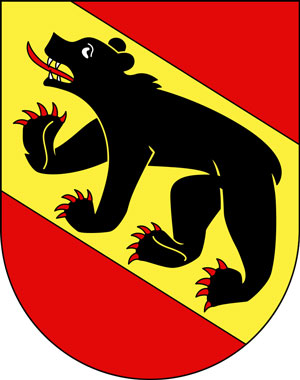
So, of course, we are planning to do an excursion to New Bern, about 25 miles northwest of Oriental. The only part that I’m not sure about is whether we’d go with our boat, Life’s AOK, or by land with a rental car or bus, if they’re available. That’s a minor detail.
Looking at the nautical maps, the Neuse River, at a couple of spots, gets very shallow. In order to get to New Bern, you will need to go through two relatively narrow channels on the river. The following description of the river is very appealing and tells me the journey by boat would be worthwhile. They say, “The Neuse—derived from the Native American Neusiok tribe and translating to “peace”—is an excellent river to experience. Linking North Carolina’s original capital city of New Bern to its current capital of Raleigh, the Neuse River serves as a 250-mile connection between past and future—and the Piedmont and Pamlico Sound. A lot can happen over that kind of distance…The Neuse’s free-flowing nature from Raleigh to the Atlantic provides great opportunities for communities around the river to embrace it as a recreational and economic resource. Of the 3.5 million acres that comprise the Neuse Basin, 48,000 acres are state parks, 110,000 acres are game lands held by the Wildlife Resources Commission, and 58,000 acres are National Forest.” To me, that is very enticing.
A part of me says go with your boat, experience the environment. Our journey on the river would be less challenging since Life’s AOK is a power boat. We don’t have to deal with the demands of navigation with the wind while we are going up against the currents. Plus, we have a minimum safe draft requirement of 4.5’. When the time comes, we’ll decide and share our experiences with you.
Bern, NEW Bern
Here is a tidbit for you. Long before the Europeans arrived, the Tuscarora Indians lived along New Bern’s riverbanks in a village they called Chattoka. In 1710, New Bern was settled by the Swiss and Palatinate (a historical region of Germany) immigrants escaping religious persecution in their native lands. They were led by Christoph von Graffenried. The town was named after Bern, Switzerland.
New Bern is the second-oldest colonial town in North Carolina and was the capital of the North Carolina colonial government. Its rich history includes being the state capital for a short period of time. It has thirty-some historical buildings that are placed in The National Register of Historic Places. The registry is the official list of the Nation’s historic places worthy of preservation.
Tryon Palace
The stately Tryon Palace of 1710 was known as the grandest public building in the colonies. It was the first permanent capital of North Carolina and home to the Royal Governor, William Tryon. (Do you recall the name on the Outlander by Diana Gabaldon?) In 1798, the original Palace was destroyed by fire. Today’s rebuilt Palace and restored grounds, which reopened in 1959, serve as a testament to New Bern’s history, its community, and rebirth.
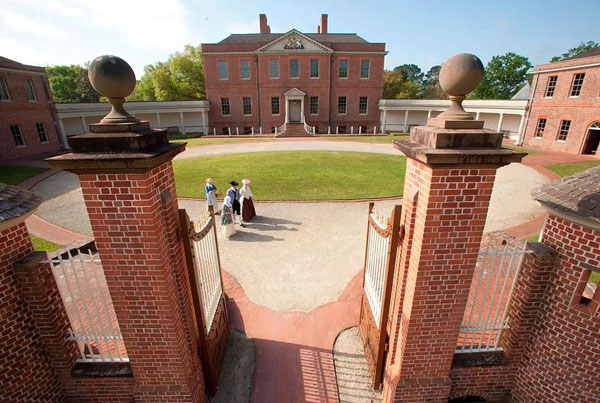
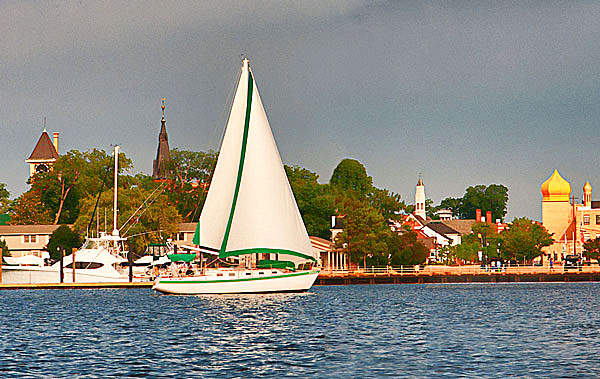
In modern times, one of the notable persons who was born in New Bern is Kevin Williamson – an American screenwriter, director, and producer. He is known for developing and writing the screenplay for the slasher film franchise Scream. He is also known for creating the teen drama series Dawson’s Creek, the supernatural drama series The Vampire Diaries, the crime thriller series The Following, and the crime drama series Stalker (2014–2015).
Birthplace of Pepsi Cola
Most likely, you may not recognize the name Caleb Davis Bradham. He was a gentleman who went to the University of Maryland School of Medicine in hopes of becoming a doctor. While attending school, he worked part-time as a pharmacy apprentice at a local drug store. Unfortunately, a family crisis forced Bradham to drop his pursuit of medicine and return home to New Bern. He opened a drug store on the corner of Middle and Pollock Streets in downtown New Bern.
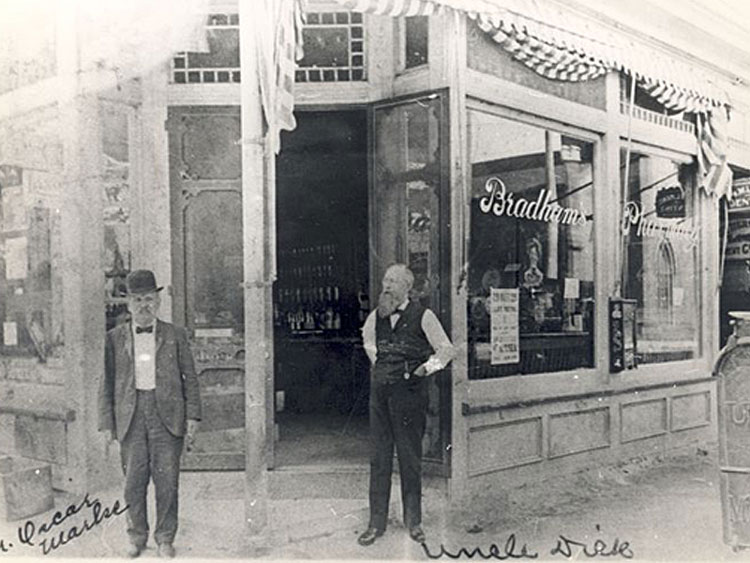
Bradham’s Drug Store would later become the very place Pepsi-Cola was invented. The history of Pepsi Cola started in 1893, when Bradham produced and sold “Brad’s Drink,” made from a mix of sugar, water, caramel, lemon oil, nutmeg, and other natural additives. It became an overnight sensation. Despite its name and hearsay, pepsin was never an ingredient of Pepsi-Cola. On August 28, 1898, Bradham renamed his drink “Pepsi-Cola.” He believed the drink was more than a refreshment but a “healthy” cola, aiding in digestion, getting its roots from the word dyspepsia, meaning indigestion.
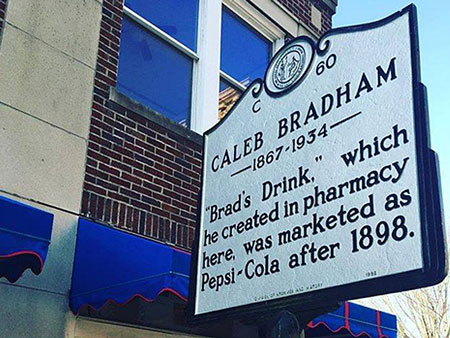
So, today, exactly in the same spot on the corner of Middle and Pollock Streets where his drug store stood, there is a new building housing a mini museum-like Pepsi Cola store built on top of the original basement of the wooden building that burned down.
Well, that’s it for now. Stay well. I hope to say hello to you if you spot my boat, Life’s AOK, in one of the locations that I’m hoping to visit in 2022, that is, if whatever the latest version of Coronavirus permits us.
I bid you Fair Winds and Following Seas.
Cover photo: Oriental Harbor Marina & Inn., Oriental, North Caroline. Photo courtesy of Alan K.
A few things I learned
- A mini-history of Pepsi Cola jingles. Do you recognize any?

- Apparently you can get the seafood daily from Endurance Seafood Co.
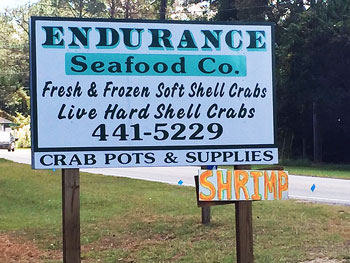
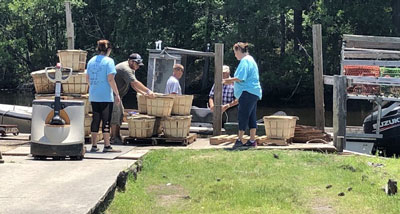
1 thing I recommend
- If you are on the Atlantic ICW, plan to stop at the village of Oriental, North Carolina, as well as to visit New Bern. You will not be disappointed.
How easy?

*SBFL stands for Slow Boat to Florida. It is a series of my blog posts, which started with a posting that had the same title. Each numbered heading has two parts. The first is “Planned or Planning to visit,” and when we visit the planned location, a “Visited” label appears at the beginning, next to SBFL.
The essence of this series is not to seek new lands and exotic cultures. Rather, it is to cover our journey of discovery (hence the title of our blog Trips Of Discovery) that has to do with seeing with a new eye the coastal locations of the Atlantic Intracoastal Waterway (ICW) where present-day America started to flourish.
The SBFL series represents part travel, part current, and historical anthropological highlights of selected locations and coastal life. We’re comparing then and now, based on observations made by Dorothea and Stuart E. Jones in their 1958 National Geographic article titled, “Slow Boat to Florida” and a 1973 book published by National Geographic, titled America’s Inland Waterway (ICW) by Allan C. Fisher, Jr. We also take a brief look at the history of the locations that I am writing about. Finally, we bundle it up with our observations during our actual visits to the locations and our interviews with local residents. Think of it as a modest time capsule of past and present.
My wife and I hope that you, too, can visit the locations that we cover, whether with your boat or by car. However, if that is not in your bucket list to do, enjoy reading our plans and actual visits as armchair travelers anyway. Also, we would love to hear from you on any current or past insights about the locations that I am visiting. Drop me a note, will you?
